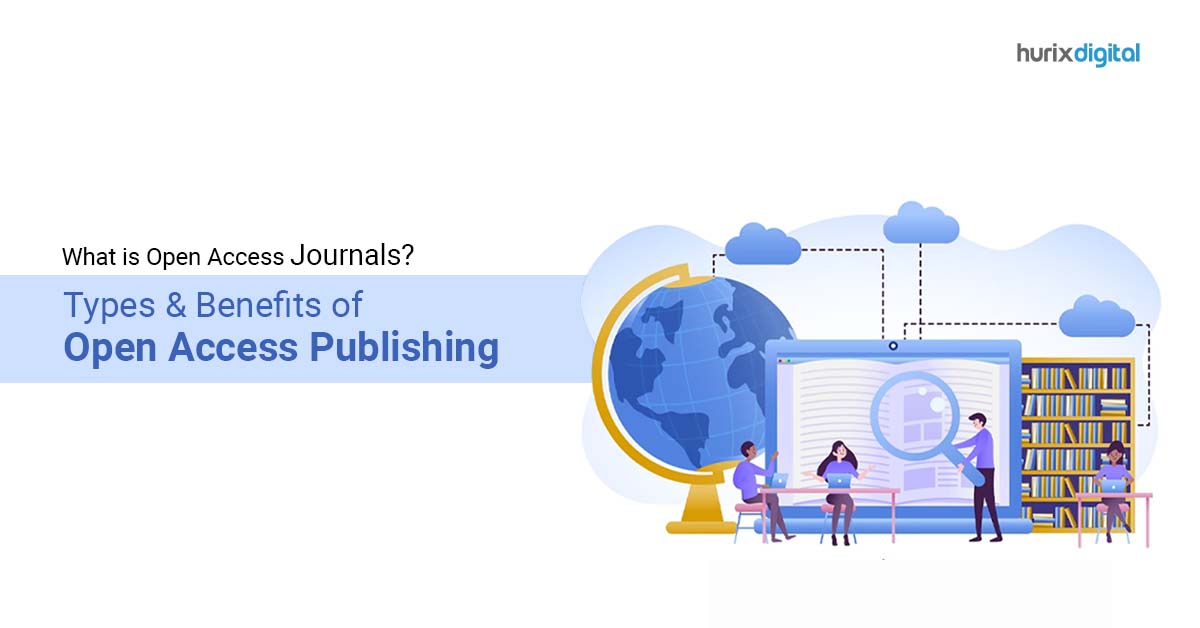
What are Open Access Journals? Types & Benefits of Open Access Publishing
Summary
Learn about the concept of open access journals, the different types available, and the benefits of adopting open access publishing for researchers and the academic community.
Open Access (OA) journals are scholarly publications that make their articles freely available to the public without any subscription or paywall barriers. These journals are different from traditional journals, which often require readers to pay a fee to access their content.
The directory of open-access journals allows researchers and scholars to share their work with a wider audience, including those who may not have access to traditional academic resources. This can lead to increased visibility and impact for their research, as well as greater collaboration and innovation.
There are two main types of open-access journals: gold and green. Gold OA journals are those that are fully open-access and make all of their content available for free to anyone. Green OA journals allow authors to self-archive a version of their article in a repository, such as an institutional repository or a subject-specific repository, after a certain period.
Open-access journals are becoming increasingly popular in many fields, and there are now thousands of them available covering a wide range of disciplines. However, it is important to be aware that not all open-access journals are of equal quality, and researchers should carefully evaluate the credibility and reputation of any journal they choose for open-access publishing.
Table of Contents:
Gold Open Access Journals
Gold open-access journals are those that make all of their articles freely available to readers without any subscription or paywall barriers. Authors are usually required to pay an article processing charge (APC) to cover the costs of peer review, editing, typesetting, and other publishing services.
Gold open-access journals can be found in all academic disciplines, and they are often indexed in major databases, such as PubMed, Web of Science, and Scopus. Many gold open-access journals have high impact factors and are considered to be reputable sources of scholarly information.
One advantage of gold open-access journals is that they provide immediate and unrestricted access to research articles, which can help to accelerate the dissemination and impact of research. Gold open access also promotes the reuse and sharing of research data and results, which can lead to discoveries and innovations.
However, some researchers may be hesitant to publish in gold open-access journals due to the cost of APCs, which can be a significant barrier for researchers with limited funding. Additionally, some gold open-access journals have been criticized for having low editorial standards and engaging in predatory practices, such as accepting low-quality articles without proper peer review. It is important for authors to carefully evaluate the credibility and reputation of any journal they choose to publish in.
Green Open-Access Journals
Green open-access journals are those that allow authors to self-archive a version of their article in a repository, such as an institutional repository or a subject-specific repository, after a certain period. This is also known as self-archiving or depositing a preprint or post-print version of the article.
Green open-access journals usually have an embargo period, which is a specified period during which the article is available only through the journal’s website, after which the author is allowed to self-archive a version of the article in a repository.
Green open-access journals can be a good option for authors who want to make their research available to a wider audience but cannot afford the article processing charges associated with gold open-access journals. Additionally, self-archiving in a repository can help to increase the visibility and impact of an author’s research by making it more discoverable through search engines and other online platforms.
However, green open access may not provide the same level of access and discoverability as gold open access, since the article may not be immediately available through the journal’s website. Additionally, there may be copyright and licensing issues to consider when self-archiving, particularly for articles that have been published in a traditional subscription-based journal. It is important for authors to carefully review the policies of both the journal and the repository they plan to use for self-archiving to ensure compliance with copyright and licensing requirements.
Benefits of Open-Access Journals
There are several benefits of open-access journals, both for authors and readers, including:
- Increased visibility and impact: By making their research freely available, authors can reach a wider audience, including those who may not have access to traditional academic resources. This can lead to increased citations and impact, as well as greater collaboration and innovation.
- Greater dissemination of knowledge: Open-access journals allow readers to access the latest research and findings without any subscription or paywall barriers. This can lead to greater dissemination of knowledge, as well as the democratization of information.
- Accelerated discovery: Open-access journals can accelerate the discovery process by allowing researchers to build on each other’s work more quickly and efficiently.
- Cost savings: Open-access journals can save institutions and individuals money by eliminating subscription and paywall fees. This can be particularly beneficial for researchers and institutions in low-income countries or with limited funding.
- Preservation of research: Open-access journals often provide long-term archiving and preserving research articles, ensuring they are available and accessible for future generations.
Overall, open-access journals can have a significant impact on the dissemination and impact of research, as well as the democratization of knowledge.
Related Article: What is Typesetting and Why is it Important?

Vice President – Content Transformation at HurixDigital, based in Chennai. With nearly 20 years in digital content, he leads large-scale transformation and accessibility initiatives. A frequent presenter (e.g., London Book Fair 2025), Gokulnath drives AI-powered publishing solutions and inclusive content strategies for global clients




